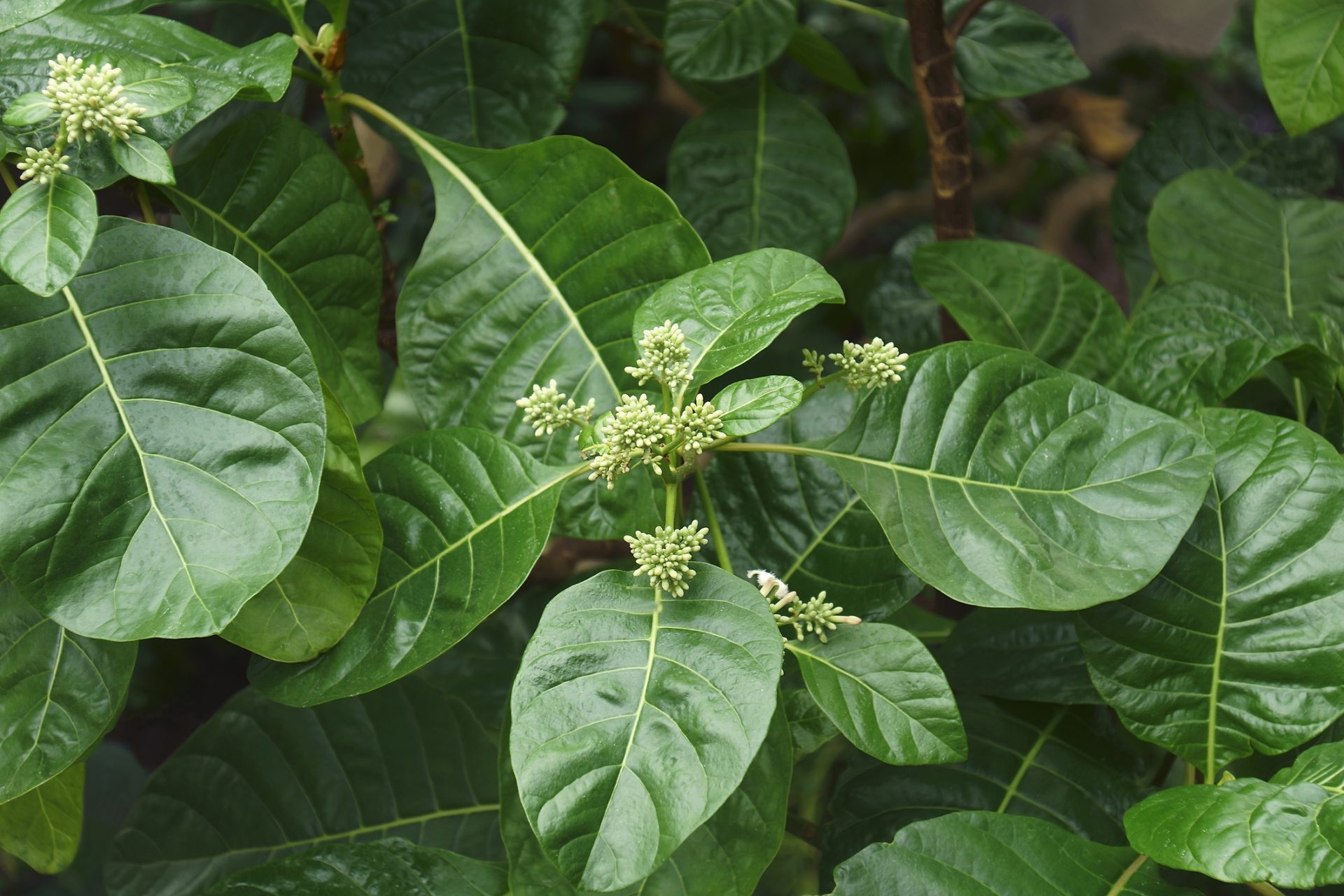Cinchona Plants: Nature’s Gift for Malaria Treatment and Beyond – By Malsha – eLanka
image Source : openaccessgovernment
The Cinchona plant, a small evergreen tree native to the Andean forests of South America, holds a remarkable place in the history of medicine. Belonging to the Rubiaceae family, Cinchona is best known as the natural source of quinine, a compound that has saved countless lives from the deadly grip of malaria.
Origins and Discovery
The genus Cinchona was named in honor of the Countess of Chinchón, wife of a Spanish viceroy in Peru, who was reportedly cured of malaria in the 1630s using bark from the Cinchona tree. European colonizers soon recognized the value of the plant, and its bark—often referred to as “Jesuit’s bark” or “fever tree bark”—became a precious commodity exported around the world.
Medicinal Importance
The most valuable component extracted from the Cinchona bark is quinine, an alkaloid with antimalarial properties. Before synthetic drugs were developed, quinine was the primary treatment for malaria. Even today, in severe or drug-resistant cases, quinine remains a vital tool in the fight against this life-threatening disease.
Apart from quinine, other alkaloids such as quinidine, cinchonine, and cinchonidine are also derived from the plant, each with its own pharmaceutical uses, including treatment for cardiac arrhythmias and muscle cramps.
Cultivation and Global Spread
Though native to Peru, Ecuador, Colombia, and Bolivia, Cinchona trees were later cultivated in other parts of the world, particularly in tropical Asia and Africa. The Dutch, British, and French colonial powers established Cinchona plantations in Java, India, and Africa to secure a steady supply of quinine during the 19th and 20th centuries.
Conservation Concerns
Overharvesting and habitat destruction have endangered some native species of Cinchona. Sustainable cultivation practices and conservation programs are essential to protect these valuable trees and preserve their genetic diversity for future medicinal use.
Modern Relevance
In an era of increasing antibiotic resistance and emerging tropical diseases, Cinchona continues to hold relevance in medical research. Scientists are exploring its potential in combination therapies and as a blueprint for synthetic drugs.
Conclusion
Cinchona plants are more than just botanical wonders—they are symbols of how nature can offer powerful solutions to human health challenges. From ancient remedies to modern pharmacology, the legacy of Cinchona reminds us of the enduring bond between nature and medicine.






















